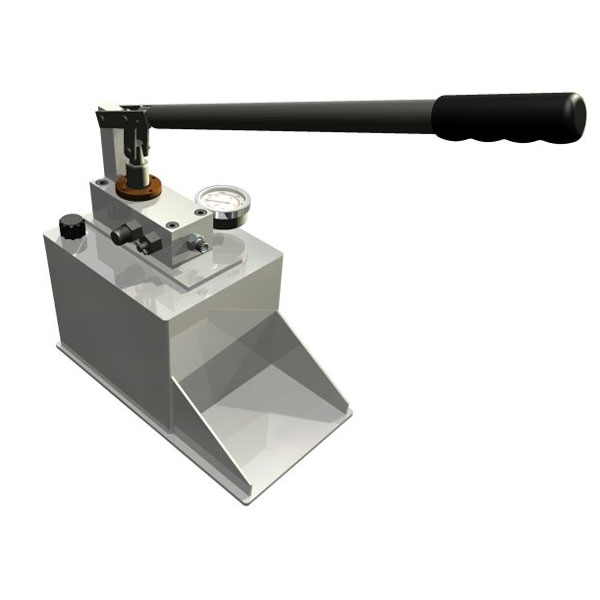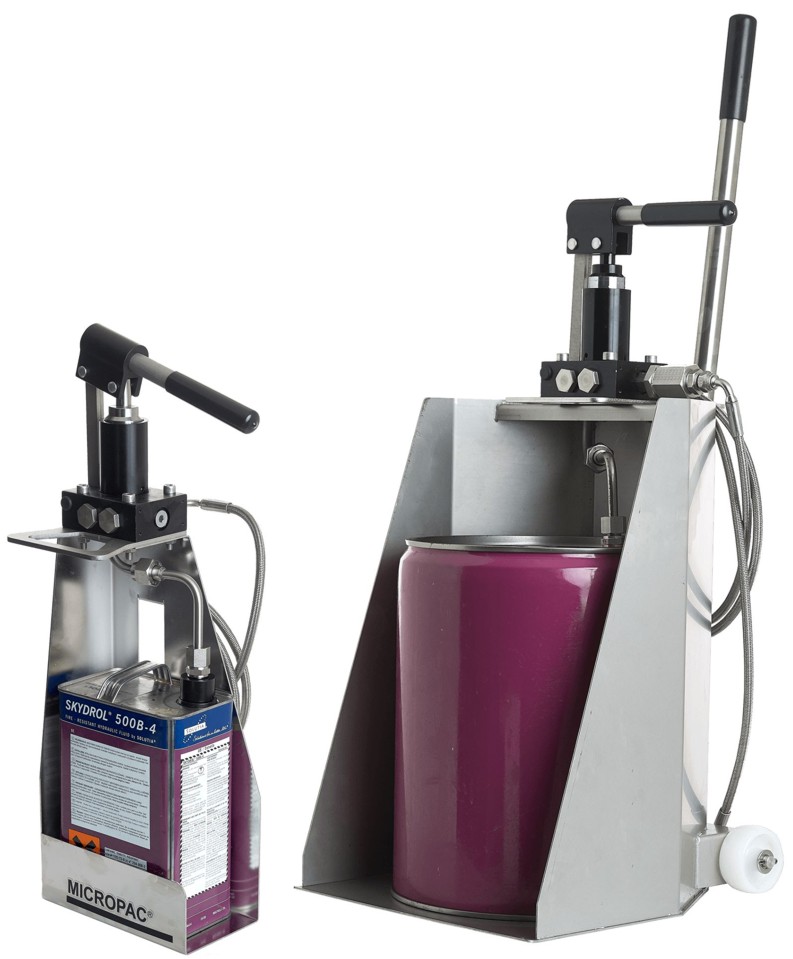A hydrostatic pressure or proof test is a very blunt tool. Pressurise it up to a factor in excess of working pressure and check there is no leakage or deformation which would indicate design, manufacturing or safety issues.
Unfortunately, our experience has been that a blast of high pressure is not the miracle tool if you are trying to diagnose a leak in something more complex, whether it is lots of fittings or an assembly with lots of seals. Yes, you may be lucky and see the leak, but hydraulics is normally more tricky. High pressure often stops the leak.
First, quietly look for the leak by eye. It amazes us how often even leaving a system or assembly on low pressure for a few hours results in a weep on a fitting. Use your finger or clean wipe, not just a cursory look. Fluids lodge in corners.
Stand back and quietly look for permanent deformation, particularly if you are testing pressed or fabricated parts. Again, something may actually have deformed quite badly and you are too busy looking for leaks.
Think through precisely what you have been told is the problem and what you have noted. A 5 why’s analysis to get to the root cause might get you on the right track. I find it invariably sheds some light on what the root cause is unless you are particularly unlucky and have multiple problems.
Plan your pressure testing and what pressures. A Micropac pump can run right down to 0.2 bar and use low viscosity fluids if that is what you need.
Don’t dismiss a simple air pressure test. Use a leak detector or water immersion testing. Like any gas pressure testing, just work safely.
What sort of problems are not flagged up by a blast of high pressure? Unfortunately, there are lots of seal related ones where the seal seems ok at high pressure. These include seal moulding defects, seal damage in use – for example from poor surface finish or extrusion, initial seal fitting problems like trapped back up rings, swollen o-rings and contamination on seals. A whisker of swarf or hair on a seal may hold at high pressure but weep at low. Similarly, chatter or a poor finish in a housing may only weep at low pressure. If clearances are excessive or a housing designed wrong, fluid will “pump” past seals and build up over many cycles.
If you are using pressure testing to diagnose a problem, quietly think and plan your work to focus on what different tests might achieve. Write down the results clearly, so you can understand precisely what was done. Very often, I find that the answer to a problem is indicated by the results once things become clear. Scientists walk around with lab books to record results and thoughts.
More often than not, low pressures and lots of cycles will be more useful than one massive blast of high pressure.
Remember that a Doctor quietly looks at symptoms. Hydraulic engineers need the same patience.
Sarum Hydraulics provides dedicated portable pressure testing kit and has 30 years expertise in the field. If you still have questions after reading this article, drop us a line today!






Leave A Comment